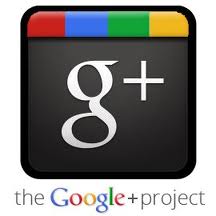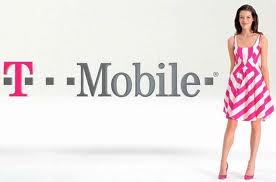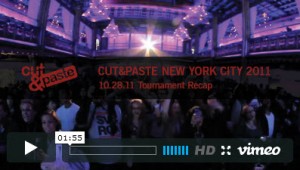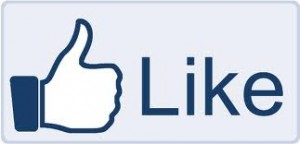Creative Briefs.
There is an interesting discussion going on in a LinkedIn account planners group about what makes a good creative brief. There are lots of views but for me it boils down to two things: direction and stimulus. Before I talk about creative brief direction, it’s important to note if a brand plan exists – the document that sets the direction for the entire brand. A brand plan informs product, experience and messaging. (Mine are organized into one claim and three support planks.) With a brand plan in place, a creative brief can focus on the tactic and be more effective. Without, it’s a celebratory bullet shot in the air.
Campaigns come and go, a powerful brand strategy (1 over 3) is indelible.
So, let’s talk direction. A creative brief gives direction to the creative exercise. It directs the buildable – be it ad, promotion or digital. The direction is often called the Key Thought or Strategy or some such, but no matter the name it is the direction. It has to be active and non-neutral when it comes to purchase. When I say non-neutral I mean it must do more than inform, it must create sales action or disposition.
With direction identified, the stimulus is where the rubber meets the road. The words, pictures, and imagery conveyed in the brief must create some sort of visceral response from the creative team. Stasis is the enemy of the creative process. Insights, observations, consumer stories, competitive weakness or strength – all these things have the ability to stimulate. If you can stimulate the creative mind and give it direction, the brief is brilliant. Do it under the guise of a brand plan and you can make Benjamins jump out of wallets. Peace!





